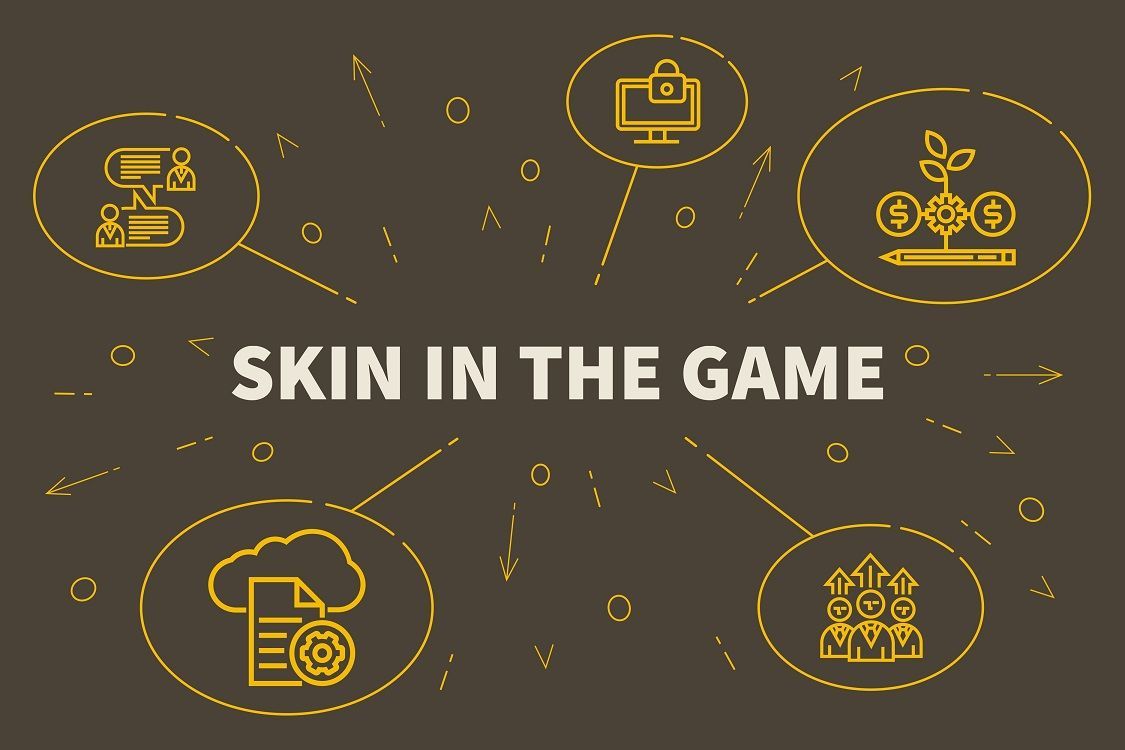
“Skin in the game” in this context is the fact that your asset manager invests alongside you in the funds it promotes, taking an equity risk similar to the risk its investors are taking by investing in his fund. Today we’d like to discuss why investors should systematically seek to understand the level of "skin in the game” of an asset manager in a fund they are considering to invest into.
Why is “Skin in the game” critical?
Nassim Nicholas Taleb touched upon on the well-known agency problem that can plague relationship with advisors or asset managers:
Never ask anyone for their opinion, forecast, or recommendation. Just ask them what they have – or don’t have – in their portfolio... I find it profoundly unethical to talk without doing, without exposure to harm, without having one’s skin in the game, without having something at risk. You express your opinion; it can hurt others (who rely on it), yet you incur no liability. Is this fair?
Nassim Nicholas Taleb
Where GPs have only a small investment in their funds, these asset management companies have an asymmetric reward profile. They are incentivized to take on extra risk with their clients’ money in order to earn more performance fees. Worst case scenario, their clients will loose all their equity but they still come ahead with management fees. They stand much more to gain when taking tail end risks.
Hedge funds with “skin in the game” outperform. Of the $3 trillion in AUM by hedge funds, $400 billion can be attributed to investments from insiders. After analyzing the performance of 720 hedge funds, Arpit Gupta and Kunal Sachdeva found that managers tend to invest their own money in their least-scalable high-performing funds that are typically open to a limited amount of outside capital.
Greater insider investment better aligns incentives and induces managers to limit the size of their fund, resulting in higher alphas. Investors who are able to co-invest with insiders, earn superior returns due to smaller fund size and the alignment of interests. (See: July 2019 study "Skin or Skim? Inside Investment and Hedge Fund Performance” by Arpit Gupta and Kunal Sachdeva)
How to evaluate the level of commitment or “skin in the game" of an asset manager or general partner?
Although there are various ways to go about it, the simplest way may be to ask for how much of the fund will be funded by the General Partner in control of that Fund. The percentage of “skin in the game” is equal to he amount invested or committed by the General Partner of the fund divided by the total NAV of the fund.
Across the asset management industry, the level of General Partners' investments in their own fund is not only small... but also decreasing.
Investec’s 2018-2019 GP trend survey, which included the responses of 289 global private equity professionals, found that GPs expect to commit an average of 2.9% to their next fund. That’s down from 3.3% in the prior year.
Fortunately, there are still some GP that have “skin in the game"
Some investors are able to co-invest with insiders and earn superior returns due to smaller fund size and the alignment of interests, or in rarer instances via larger companies that still have significant “skin in the game”. One such company is Berkshire Hathaway, whose CEO Warren Buffet actually coined that expression, referring to high-ranking insiders using their own money to buy stock in the company they are running, showing alignment of interest.
"Skin in the game", an investment indicator to rule them all?
While it seems that the level of "Skin in the game" is a key predictor of superior returns, an investor should also consider many other factors: first and foremost its Goals and Risk Tolerance, and then other aspects such as Expense Ratios, Turnover Ratios, Team Experience and a preference for No-Load Funds.





